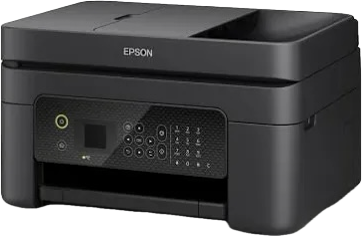Scanning Documents to Keyword Searchable PDFs
Recently I was loaned a 1976 typewritten document comprising of stories told about family life in a small village in County Mayo, Ireland dating back to the 1850s. The Appendix contained valuable genealogical information related to the author's family. It also contained a summary of the surnames and population numbers of the tenants and their landholdings in the early 20th century compared to 1976.
To preserve the valuable historical data in this document for future generations before returning the paper file to the owner, I decided to scan it. I now await permission from the son of the author to share this document to an archival space.
Keyword Searchable PDFs allow users to quickly find specific text within a document, and avoid the loss of valuable information currently stored only on paper.
How often does one scan a document to find that the PDF generated is not searchable? Scans are digital images and often the PDF function just combines all the images into a PDF. Yes, there are a variety of tools that will read the text within an image, but if one has a document of many pages it is preferable to scan to a keyword searchable PDF.
There are a variety of paid apps that one can use with tablets and phones but I looked within the software that is supplied with two common brands of flatbed scanners.
Canon
 |
| Canon flatbed scanner |
The Canon scanners have this feature. Choose the Document function. Once all the images are scanned, the Save As menu provides the prompt - Create a PDF file that supports keyword search.
 |
| From the Canon manual |
Epson
The WF series of Epson printer/scanners also have this built in function. Instructions can be viewed here on pages 159-160.
Why settle for less when you are scanning documents?
- Searchable PDFs allow users to quickly find specific text within a document, saving time compared to manually browsing.
- Digitizing paper documents reduces physical storage needs, freeing up space and minimizing clutter. It preserves the paper copy in case of subsequent loss or damage.
- Searchable PDFs can be easily shared and annotated, making collaboration with others more straightforward. They are accessible to screen readers.
- For genealogists and family historians, preserve those fragile documents while you can.
Check your scanner's software before looking for expensive alternatives.




